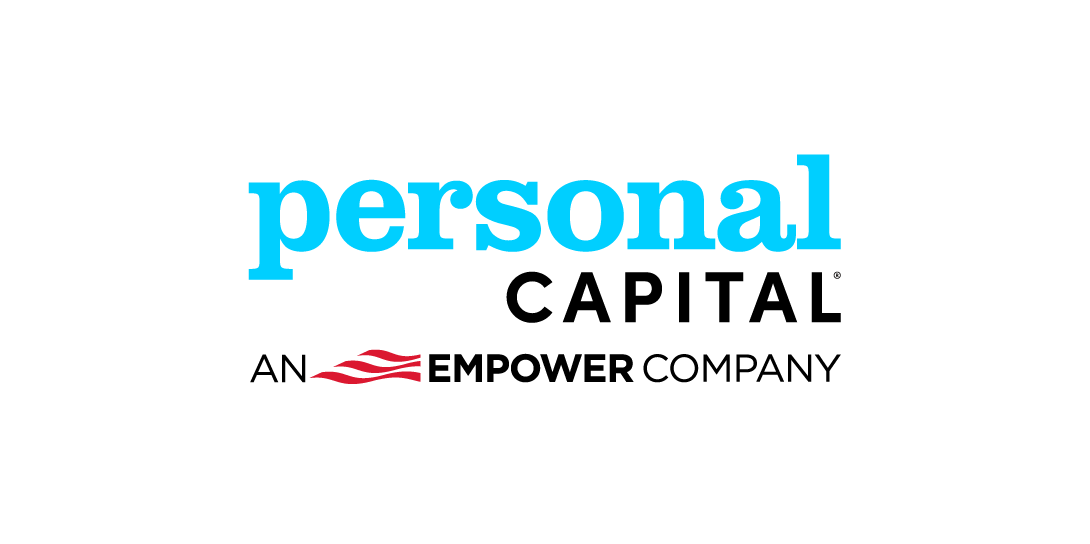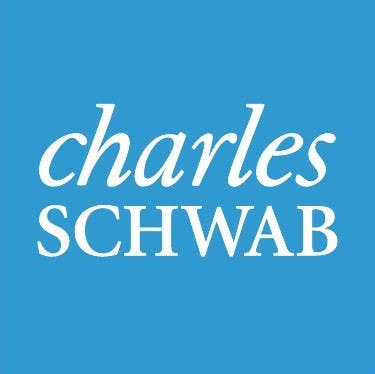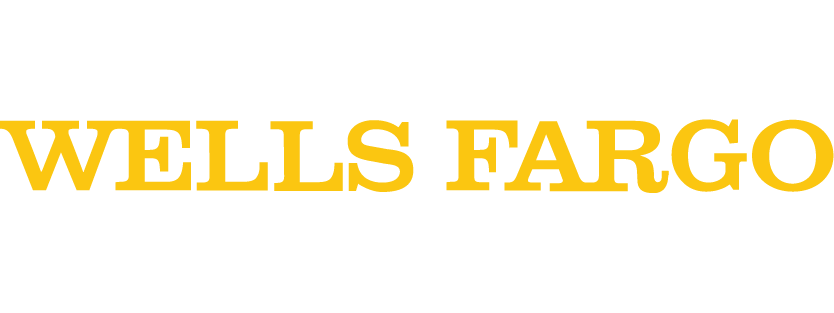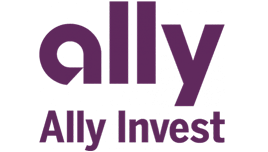Merrill Guided Investing review 2024
The Bankrate promise
At Bankrate we strive to help you make smarter financial decisions. While we adhere to strict , this post may contain references to products from our partners. Here's an explanation for .
Merrill Guided Investing: Best for
- Bank of America customers
- Customer service
- Human advisors
Merrill Guided Investing can build you an investment portfolio to help reach your savings goal at a reasonable cost, even without some of the premium features offered by other robo-advisors. At Merrill, you’ll have a choice of two service tiers – a digital-only option or a digital plus advisor option – with the latter giving you access to a human advisor for the tougher questions and planning. The investment portfolio’s funds are among the cheapest on offer at a robo-advisor, after recent changes in the portfolio. Also a plus for investors: if you’re looking to invest in accordance with your values, you can opt for a sustainability portfolio, an uncommon feature in the robo world. Merrill provides some incentives for customers to keep their business with its parent Bank of America, including reduced fees as well as the convenience of quick transfers and an all-in-one online dashboard. All that said, Merrill charges an above-average management fee for what it offers.
If you’re looking for a wider selection of features or a more competitive price point, you might want to check out Wealthfront and Schwab Intelligent Portfolios. Or if you’re looking to keep your business with a single financial provider, review Fidelity Go and Wells Fargo Intuitive Investor, both robo-advisors offered by their respective namesakes.
We want to know what you think about Merrill Guided Investing
Do you have experience with Merrill Guided Investing? Let us know your thoughts.
Merrill Guided Investing: In the details
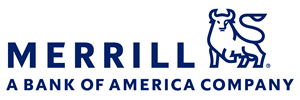

Pros: Where Merrill Guided Investing stands out
Two service tiers
Merrill Guided Investing offers two service tiers, and they’re differentiated mainly by the help of an advisor:
- Online: The core plan gets you all the basics of the service, with portfolio management and other features.
- Online with an advisor: This tier ups the game with access to a financial advisor, who can help you establish your financial goals or provide more personalized service.
The core program has a $1,000 account minimum, while the advisor-assisted program requires a $20,000 minimum. The management fees are similarly tiered as well: 0.45 percent annually for the core online plan and 0.85 percent for the online plan with an advisor.
With this structure, Merrill addresses one of the key pain points for many investors – the need for a human financial advisor to help with an investing world that many see as fraught with risk. That option is not available at all robo-advisors, but it’s often available as a service upgrade at many, such as Betterment or Schwab Intelligent Portfolios. SoFi Automated Investing and Wells Fargo Intuitive Investor both provide the option of speaking with advisors for no additional cost.
Active management – not passive
Merrill doesn’t want you to call Guided Investing a robo-advisor. But at some level it still is, even if it uses more of a hybrid approach, especially if you opt for the online program with an advisor. Merrill wants to distinguish its human-driven approach from the computer-driven approach of other robo-advisors, as if the latter approach weren’t created and overseen by humans as well.
The company says that its portfolios are managed by “Merrill investment professionals who use a disciplined approach to asset allocation, portfolio construction and investment selection.”
But the real difference between Merrill’s offering and other robos is that Merrill manages the portfolio actively – and frankly, it’s not clear if that’s a good thing. Plenty of research has shown that active portfolio management tends to underperform more passive investing approaches.
Merrill’s chief investment office develops the investing strategies and which ETFs or mutual funds will be used in portfolios and in what allocations. They’ll also make adjustments to the portfolio as the market moves, with the intent of reducing risk and optimizing returns.
An active approach is usually more expensive than passive investing because it has to build in the costs of the investment pros in managing the portfolio. And Merrill is pricier (more below).
Integration with Bank of America
One of the top features of Merrill’s robo-advisor offering is the fact that it’s integrated with Bank of America. The ability to do it all with one institution will no doubt appeal to many customers who might otherwise be tempted to go with a rival.
It’s also a benefit if you participate in the bank’s preferred rewards program, which gives you perks for keeping more of your money at the bank. One notable feature of the program is extra credit-card rewards, a perk that can make the bank’s credit cards among the industry’s best.
If you’re a member of the program you can receive discounts of 0.05 percent, 0.10 percent, or 0.15 percent off the program fees, depending on how much you have across your Bank of America accounts. The lowest tier begins with $20,000 average daily assets and ranges up to $50,000. So at the lowest tier, your management fee drops from 0.45 percent to 0.40 percent. With the highest discount (for accounts with more than $100,000), your fee would fall from 0.45 to 0.30 percent, a significant discount.
Portfolios and fund expenses
Portfolios are constructed using one of two broad strategies, which you can select before you finalize your sign-up:
- Market-tracking: This portfolio tries to track the indexes using passively managed ETFs
- Sustainability focused: This portfolio incorporates funds that are invested in more socially friendly companies
After you run through Merrill’s assessment of your time horizon (when you need the money), what goal you’re investing for and your risk tolerance, the service will present you with one of these two portfolio types. Regardless of your answers to these questions, you’ll be able to choose between these two portfolio strategies, but your answers will affect the allocations within each strategy.
For example, if you’re focused more on the short term or are less risk tolerant, your portfolios will be more focused on bonds and less on stocks. Investors with a long-term horizon or who are more risk tolerant will have portfolios with greater allocations to stocks and less to bonds.
Merrill uses 7 ETFs to build these two strategies, and these ETFs are generally low-cost. The market-tracking portfolio has an expense ratio of 0.05 to 0.07 percent, or a cost of $5 to $7 per year for every $10,000 invested. The sustainability portfolio is a bit pricier, with fees that range from 0.10 to 0.17 percent, or $10 to $17 annually for every $10,000 invested. Merrill has modestly reduced the overall costs of its average portfolios in 2023, a boon for its robo-advisor clients.
Merrill’s market-tracking strategy is about as cheap as you can find, and you’ll pay fees to the ETF managers regardless of which robo-advisor you go with.
Customer service
It’s hard to argue with Merrill’s customer service hours, and you can access someone at any hour, one of the highlights of the Merrill Edge brokerage experience, too. Of course, you’ll have access to your online account at any time, if you just want to check on your performance, allocations or something else.
Account types
Befitting Merrill’s heritage as a full-service broker, Merrill’s robo-advisor offering gives customers a range of account types, among the most in the sector. So you’ll find virtually all major account types here, including some that are missed by others:
- Individual taxable accounts
- Joint taxable accounts
- IRA – traditional, Roth and rollover
- Custodial accounts
- SEP IRA
- SIMPLE IRA
It’s also great news if you’re already a customer at Bank of America because you can add a robo account a little more quickly and have your financial accounts all in one place.
Cons: Where Merrill Guided Investing could improve
Management fees
Whether you’re going for Merrill’s online service (0.45 percent of assets annually) or its online service with an advisor (0.85 percent), you’re paying toward the top of the robo-advisor market. That would mean for every $10,000 you have invested here, you’d pay about $45 annually with the basic service or $85 annually with the premium tier. It’s worth noting that Merrill charges the fee on a monthly basis, but you’ll pay at the annualized rate for whichever service tier you’re using. So for that same $10,000 balance, you’d pay $3.75 or $7.08 a month, depending on the tier. And to be clear, this fee comes on top of the fund fees, so the real total cost is a bit higher.
Merrill’s basic service should be compared to the entry-level services of rivals, whether that’s Betterment or Wealthfront or some other player. These two peers charge 0.25 percent annually for their service, or about $25 annually for each $10,000 invested there. So they’re significantly cheaper in percentage terms. And if you go with Betterment’s premium tier (which requires a $100,000 minimum), you’ll pay 0.4 percent annually while enjoying unlimited access to human advisors.
So Merrill is on the higher end of the market, and that doesn’t include robo-advisors that charge a flat monthly fee (such as Ellevest) or nothing at all (SoFi Automated Investing or Schwab Intelligent Portfolios.) Even if you factor in its preferred rewards perks, Merrill is still at least a bit higher than most of the field, when it probably should be lower cost for the plan’s members.
Tools
Merrill doesn’t offer a lot in the way of tools for its Guided Investing program, whereas it offers a lot in its Merrill Edge brokerage. But Guided Investing has basic goal planning, so you can identify a specific objective for your plan (retirement, a large purchase or something else) and a basic goal tracker.
Where Merrill does provide some extra value is in its educational content, with weekly explainers on the markets and economy and other educational pieces on ETFs, estate planning and more.
Tax strategy
One of the downsides of the human-first approach at Merrill Guided Investing is the lack of a tax-loss harvesting strategy. This strategy uses a computer algorithm to sell losing investments in order to generate a tax break and then re-invest in similar assets. It’s one benefit to using an AI-driven approach, given the complexity and tedious nature of the process.
At a few other robo-advisors, such as Betterment and Wealthfront, tax-loss harvesting is a key feature, and both use research to show that the strategy drives real improvements in returns.
Besides this premium feature, Merrill does not offer other tax minimization strategies, a regrettable hole in the service on offer here.
Review methodology
Merrill Guided Investing customer reviews

Merrill Guided Investing has 10 reviews
Dive into community reviews below and see what others think about Merrill Guided Investing.
In July 2024, Bankrate collaborated with a third-party vendor to survey 800 brokerage and robo-advisor account holders nationwide. Bankrate and our vendor collected and summarized account holder responses to five rating questions on a 5-point scale as well as open-ended reviews of the account experience. Responses are based on individual account holder product details, and therefore cannot be verified for accuracy. User ratings are unedited and have not been reviewed or approved by the associated brokerage or robo-advisor, nor do these responses reflect Bankrate's own expert review of these banking products.
Community Reviews
Thank you for sharing your experience with Bankrate










